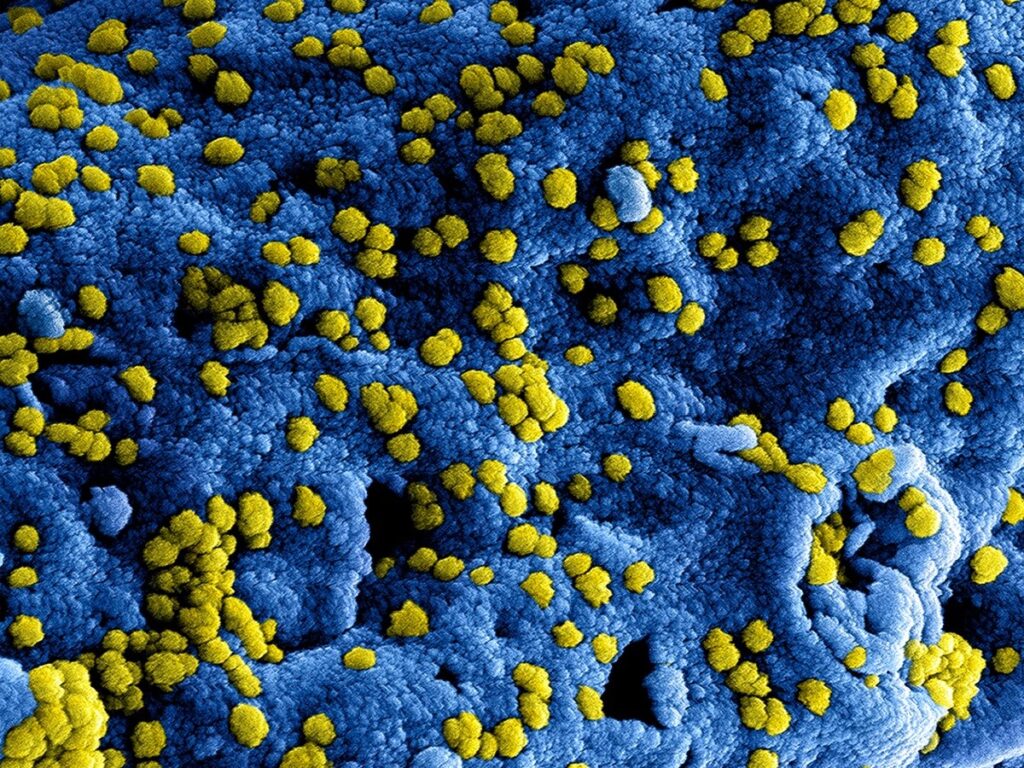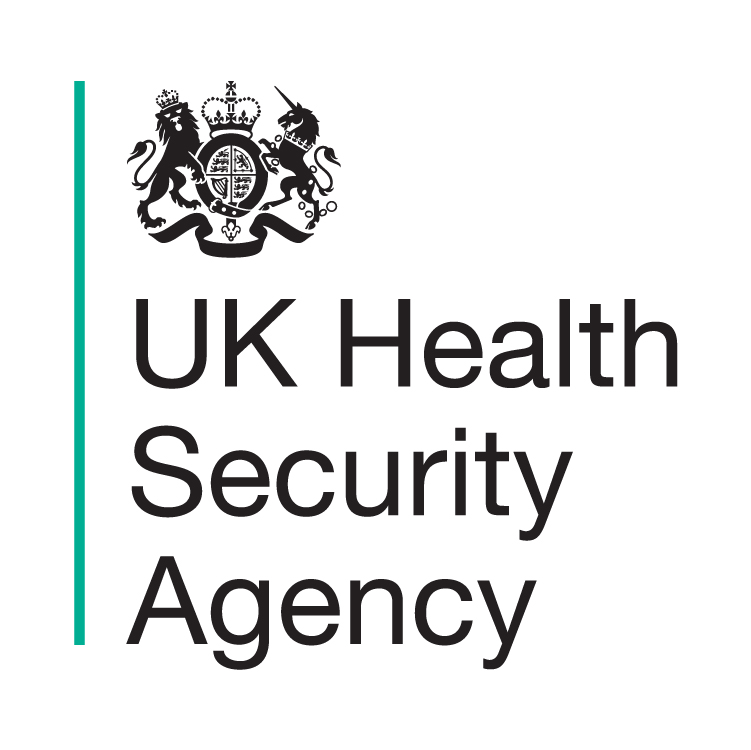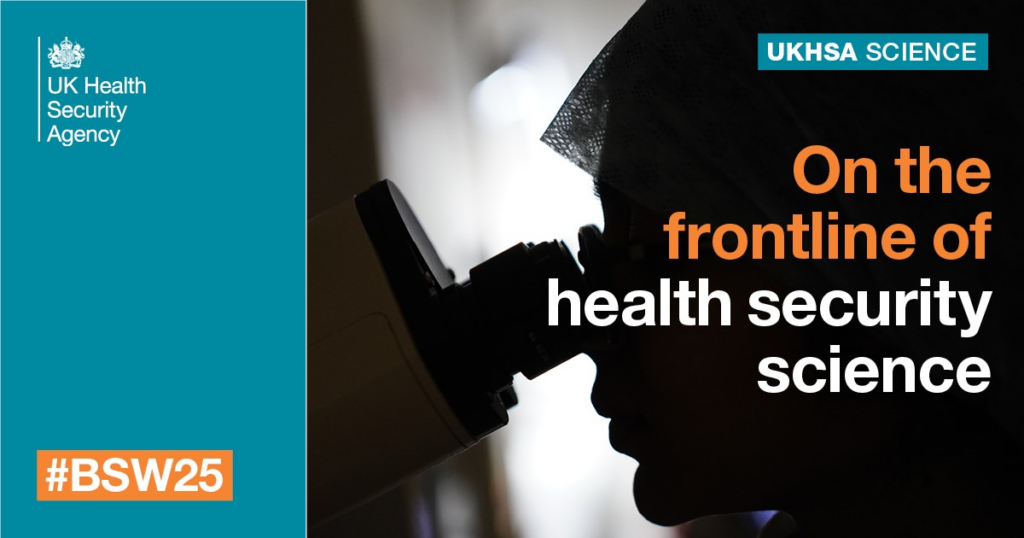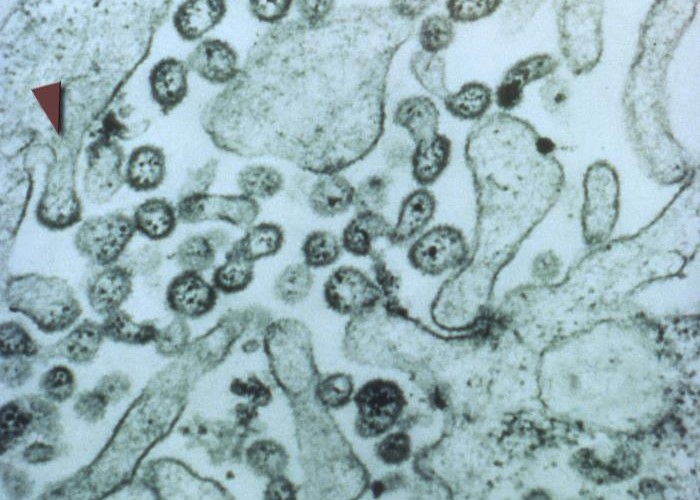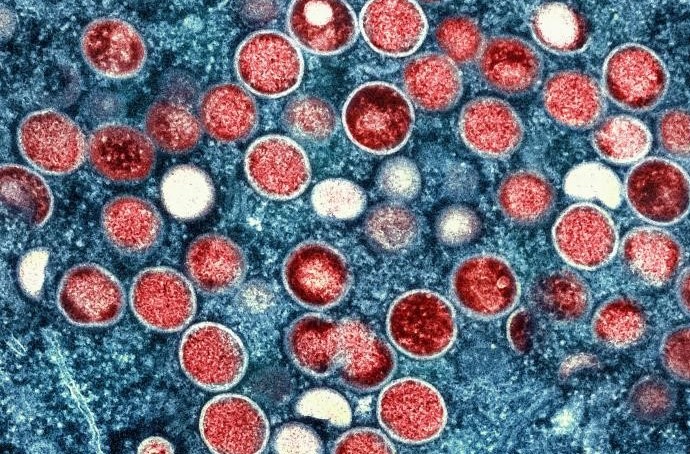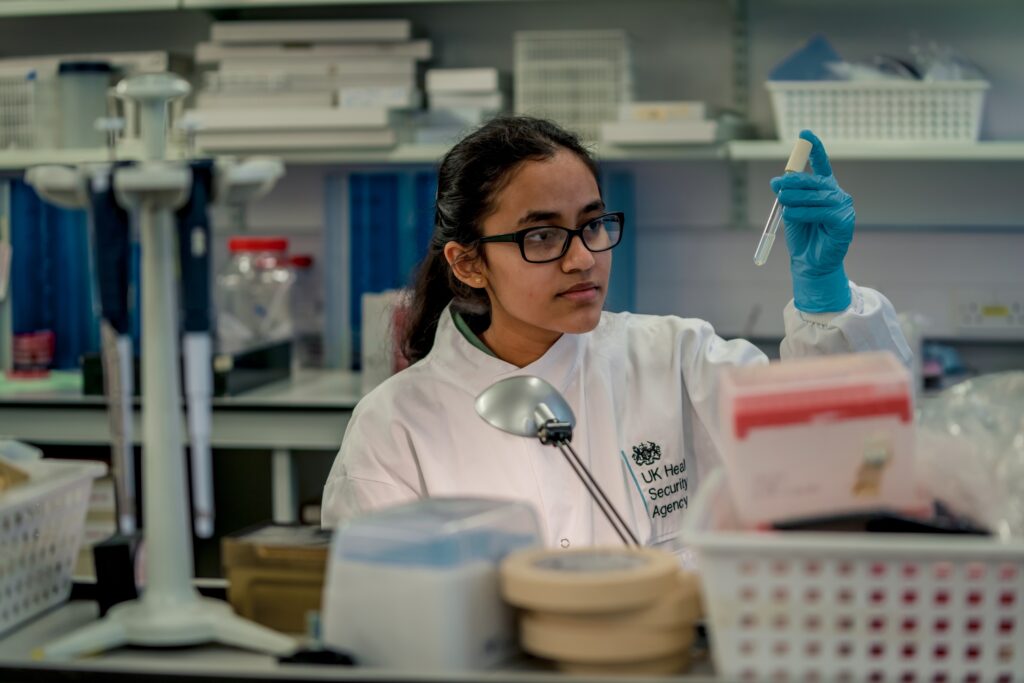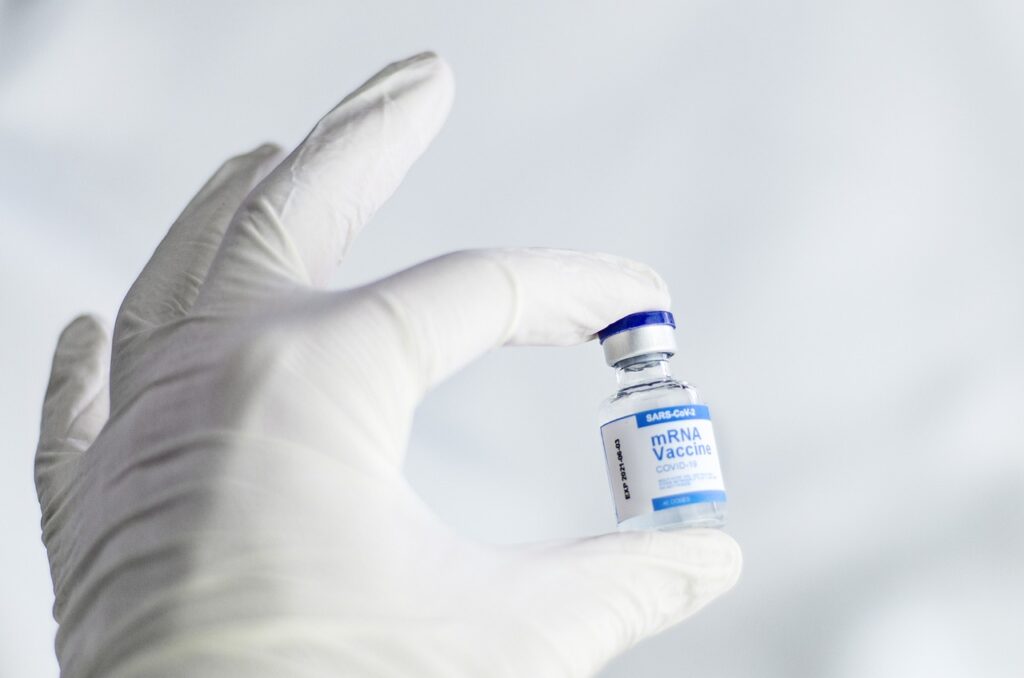Health security
Today we have published a Priority Pathogen Families reference tool, highlighting 24 pathogen families where we believe further research is most needed in the interests of biosecurity.
In this blog post we take a behind-the-scenes look at the Rare and Imported Pathogens Laboratory (RIPL), where our scientists work to safeguard public health from rare and deadly diseases. Our laboratories RIPL is the UK’s frontline clinical diagnostic laboratory …
This blog post summarises the key points about Lassa fever and what UKHSA does when a case of an infectious disease such as Lassa fever is identified in the UK.
In this blog post, we share more information about what mpox is, the different clades, the key symptoms and how UKHSA is working with partners to respond to the outbreak.
Wherever we look - locally, nationally, internationally - hazards to our health are all around us. UKHSA was established to meet these challenges head on, preparing for health threats, preventing them if we can and responding effectively in order to save lives and protect livelihoods. Today I’m pleased to introduce our work in more detail …
This week the International Pandemic Preparedness (IPP) Secretariat published its 2022 Implementation Report on this “100 Days Mission”, building on a previous report published in 2021. This is an important moment to reflect on the world’s progress and also re-state the UK’s commitment to this effort which has the potential to save millions of lives …
